
Diego María de la Concepción Juan Nepomuceno Estanislao de la Rivera y Barrientos Acosta y Rodríguez, known as Diego Rivera, was a prominent Mexican painter. His large frescoes helped establish the mural movement in Mexican and international art.
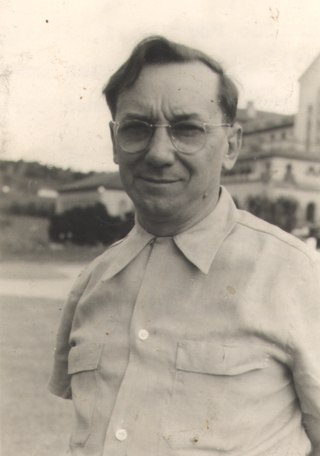
Candido Portinari was a Brazilian painter. He is considered one of the most important Brazilian painters as well as a prominent and influential practitioner of the neo-realism style in painting.

The Federal Art Project (1935–1943) was a New Deal program to fund the visual arts in the United States. Under national director Holger Cahill, it was one of five Federal Project Number One projects sponsored by the Works Progress Administration (WPA), and the largest of the New Deal art projects. It was created not as a cultural activity, but as a relief measure to employ artists and artisans to create murals, easel paintings, sculpture, graphic art, posters, photography, theatre scenic design, and arts and crafts. The WPA Federal Art Project established more than 100 community art centers throughout the country, researched and documented American design, commissioned a significant body of public art without restriction to content or subject matter, and sustained some 10,000 artists and craft workers during the Great Depression. According to American Heritage, “Something like 400,000 easel paintings, murals, prints, posters, and renderings were produced by WPA artists during the eight years of the project’s existence, virtually free of government pressure to control subject matter, interpretation, or style.”

Man at the Crossroads (1933) was a fresco by Mexican painter Diego Rivera. Originally slated to be installed in the lobby of the RCA Building at Rockefeller Center in New York City, the fresco showed aspects of contemporary social and scientific culture. As originally installed, it was a three-paneled artwork. A central panel, depicting a worker controlling machinery, flanked by two other panels, The Frontier of Ethical Evolution and The Frontier of Material Development, which respectively represented socialism and capitalism.
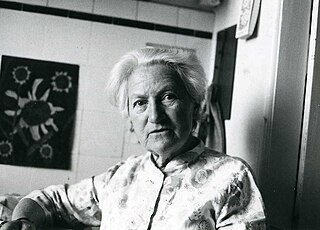
Lucienne Bloch was a Switzerland-born American artist. She was best known for her murals and for her association with the Mexican artist Diego Rivera, for whom she produced the only existing photographs of Rivera's mural Man at the Crossroads, painted in 1933 and destroyed in January 1934 at Rockefeller Center in New York City.

Lucia Wiley was a noted New Deal muralist and painter born and raised in Tillamook, Oregon. Lucia Wiley was the oldest of six children and always found herself interested in art, even at a young age. In 1923 Wiley stated, "He who has an art has every where a part," in her high school yearbook. In 1924 Wiley started college at the University of Minnesota where she pursued a degree in fine arts. In 1928 she transferred to the University of Oregon to further her studies and in 1930, she received a Bachelor of Arts degree majoring in fine arts. Lucia went on to further her schooling and graduated with a Masters in Fine Arts from the University of Oregon.

Louise Emerson Ronnebeck was an American painter now best known for her work as a muralist. She submitted entries to 16 competitions for the Section of Painting and Sculpture, winning and completing two commissions. Although her body of work included a significant number of both commissioned frescoes as well as easel paintings, few are known to have survived.
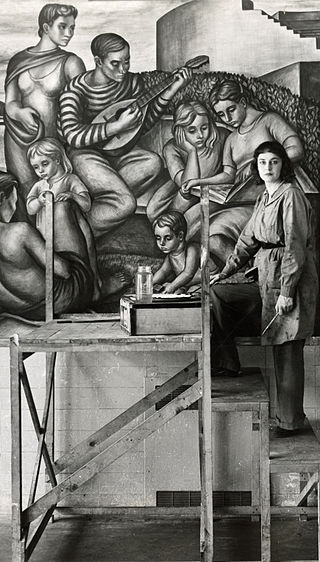
Marion Kathryn Greenwood was an American social realist artist who became popular starting in the 1920s and became renowned in both the United States and Mexico. She is most well known for her murals, but she also practiced easel painting, printmaking, and frescoes.

Maxine Albro was an American painter, muralist, lithographer, mosaic artist, and sculptor. She was one of America's leading female artists, and one of the few women commissioned under the New Deal's Federal Art Project, which also employed Jackson Pollock, Mark Rothko, and Willem de Kooning.

Olle Emanuel Nordmark was a Swedish painter and muralist born in Nordanholen at Mockfjärd parish. He was focused on an art career from an early age. After emigrating in 1924 to the United States to gain more work opportunities, he lived there for 40 years. Living mostly in New York City, he produced numerous murals and frescos for private commissions. In 1964, he immigrated to France, where he lived until his death.
Jay Datus (1914–1974) was an American artist known primarily for his mural painting in Arizona.
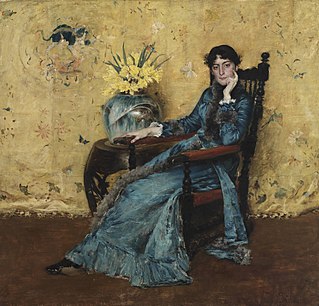
Dora Wheeler Keith, also known as Mrs. Boudinot Keith, was a portrait artist, muralist, designer and illustrator of books and magazines, and designer of tapestries for her mother Candace Wheeler's firm, the Associated Artists.
Margaret Sale Covey Chisholm was an American portrait painter and muralist who painted the mural for the Livingston, Tennessee, post office as part of the WPA artist project during the Great Depression. Her works are held in numerous public and private collections.
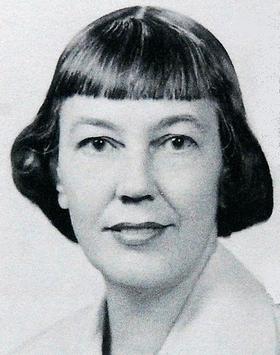
Tracy Montminy, who completed early works as Elizabeth Tracy, (1911–1992) was an American artist and muralist. During the WPA's era, she painted murals in civic buildings, including murals in the library in Cambridge, Massachusetts; the fire and police building of Saugus, Massachusetts; the Milton, Massachusetts, post office; Medford, Massachusetts City Hall; the post office of Downers Grove, Illinois; and the post office in Kennebunkport, Maine, as well as others both in the U.S. and abroad. She was an art instructor at the University of Missouri and the American University of Beirut, continuing her own painting projects simultaneously with her teaching into the 1980s. Upon her death, she established a trust to create the Montminy Art Gallery in Columbia, Missouri.

Andrene Kauffman was an American painter and educator who created a mural for the post office mural project in Ida Grove, Iowa. She completed twenty-five murals and seven sculptures throughout Chicago, as part of the art projects for the New Deal's Section of Painting and Sculpture. Later, she completed seventeen ceramic murals for the 3rd Unitarian Church, which was designated as a Chicago Landmark in 1960. In addition to her artwork and exhibitions, Kauffman taught art for forty-one years at various universities in Chicago, Rockford, Illinois, and Valparaiso, Indiana.

Sarah Jane Blakeslee was an American landscape and portrait painter.
Jessie Hull Mayer was an American painter and muralist who won four federal commissions to complete post office murals, as part of the Section of Painting and Sculpture′s projects, later called the Section of Fine Arts, of the Treasury Department. She continued to paint after the New Deal art projects ended, focusing on botanicals, landscapes and maritime themes.

Arlene Slavin is a painter, sculptor, and a print-maker whose practice also includes large-scale public art commissions. Slavin is a 1977 National Endowment for the Arts Grant recipient.

Ryah Ludins (1896–1957) was a Ukrainian-born American muralist, painter, printmaker, art teacher, and writer. She made murals for post offices and other government buildings during the Great Depression and also obtained commissions for murals from Mexican authorities and an industrial concern. Unusually versatile in her technique, she made murals in fresco, mixed media, and wood relief, as well as on canvas and dry plaster. She exhibited her paintings widely but became better known as a printmaker after prints such as "Cassis" (1928) and "Bombing" drew favorable notice from critics. She taught art in academic settings and privately, wrote and illustrated a children's book, and contributed an article to a radical left-wing art magazine. A career spanning more than three decades ended when she succumbed to a long illness in the late 1950s.

Jessie Housley Holliman was an African-American educator, muralist, printmaker, and commercial artist active in St. Louis, Missouri from 1929 until 1949.



















